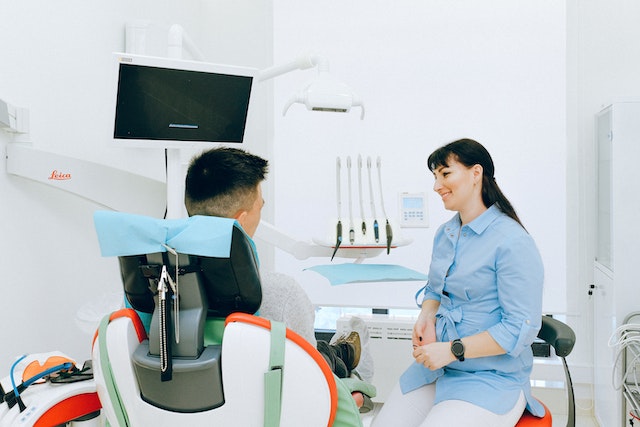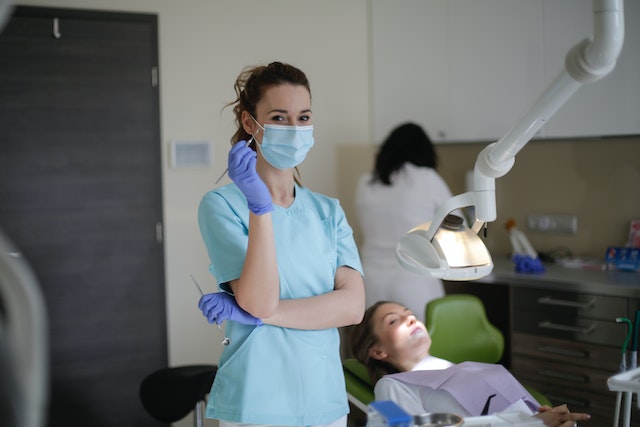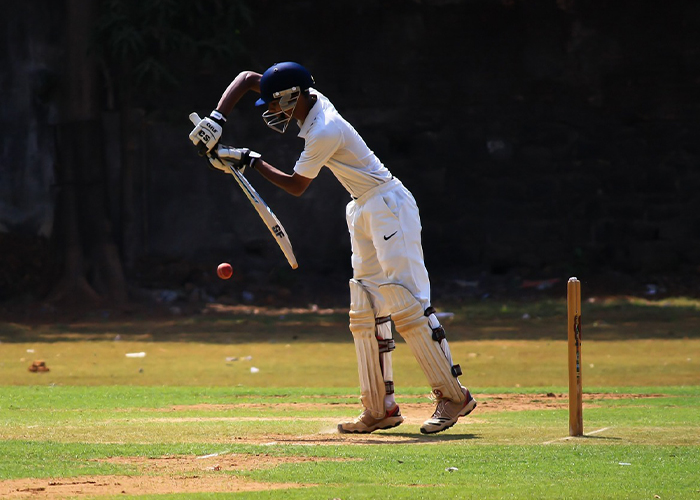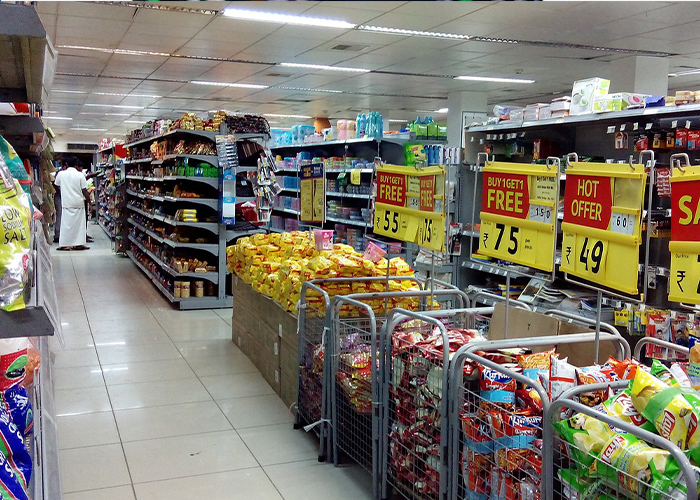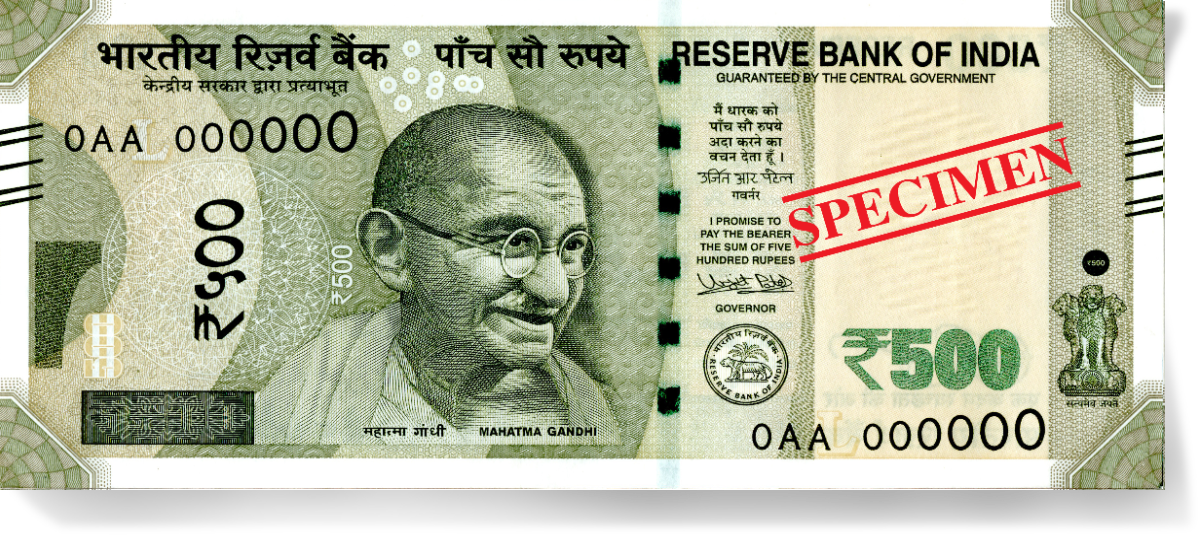The Future of Organ Transplantation: How Technology is Revolutionizing Healthcare
Importants
The combination of innovation into the domain of organ transplantation has introduced another period of potential outcomes.
- Organ Transplantation
- Organ Accessibility
- Upgraded Coordinating and Distribution
- Careful Advancements
- Advantages and Disadvantages
The Future of Organ Transplantation: How Technology is Revolutionizing Healthcare
The Convergence of Innovation and Medical services: Upsetting Organ Transplantation
In the domain of medical services, headways in innovation have reliably assumed a urgent part in changing operations and saving lives. One such weighty region is organ transplantation, where innovation has changed how organs are secured, saved, coordinated, and relocated. From complex calculations and man-made brainpower to momentous careful methods, the combination of innovation into organ transplantation has opened up new roads for working on persistent results and tending to the worldwide organ lack emergency. This article investigates the wonderful headways and potential future improvements that are reshaping the scene of organ transplantation.
Further developing Organ Accessibility
Organ transplantation is many times obliged by the shortage of contributor organs, bringing about extended holding up records and, tragically, preventable passings. Nonetheless, innovation is stepping in to resolve this major problem. One huge advancement is the coming of organ protection innovations. Customary strategies for organ conservation depended on chilly capacity, restricting the suitability of organs outside the body. In any case, hypothermic machine perfusion, an imaginative strategy, utilizes a mix of cold stockpiling and machine-based perfusion to upgrade organ conservation. By keeping a reasonable climate and providing oxygenated blood, this innovation expands the feasibility of organs, builds the quantity of organs accessible for transplantation, and improves the possibilities of an effective transfer.
Upgraded Coordinating and Distribution
Proficient organ distribution is fundamental to guarantee that the right organ goes to the right understanding, boosting the possibilities of an effective transfer. Here, innovation has taken critical steps by presenting strong calculations and data sets. The Unified Organization for Organ Sharing (UNOS) in the US utilizes a perplexing calculation to coordinate accessible organs with potential beneficiaries in view of elements, for example, blood classification, organ size, clinical criticalness, and geographic area. AI and man-made brainpower methods are additionally being utilized to work on coordinating and portion processes. These innovations can dissect tremendous measures of information, gain from examples, and make more exact forecasts with respect to the similarity among contributors and beneficiaries. Thusly, these headways decrease the possibilities of organ dismissal and improve relocate achievement rates.
Careful Advancements
Headways in careful procedures have extraordinarily worked on the achievement and practicality of organ transplantation. Laparoscopic and mechanical helped medical procedures have arisen as huge advantages, offering a few benefits over customary open medical procedures. These insignificantly obtrusive techniques lead to more modest cuts, diminished scarring, speedier recuperation times, and worked on understanding results. Automated helped medical procedures, specifically, give specialists improved accuracy, aptitude, and representation, empowering them to carry out multifaceted methods with more prominent precision and proficiency. Moreover, the joining of computer generated reality (VR) innovation has worked with pre-usable preparation and preparing for complex organ relocate medical procedures. VR permits specialists to imagine and rehearse the strategy ahead of time, prompting worked on careful results and diminished careful blunders.
Advancements in Organ Designing
While the interest for organs keeps on astounding the accessible stockpile, the field of regenerative medication is endeavoring to overcome this issue by outfitting the capability of innovation. Researchers are investigating the idea of developing organs in the lab utilizing foundational microorganisms and tissue designing strategies. By making three-layered structures utilizing biocompatible platforms, analysts have effectively developed little organs called organoids. Albeit still in the beginning phases, this approach holds enormous commitment for delivering completely useful organs later on. Propels in 3D bioprinting innovation further supplement this pursuit, empowering the creation of complicated organ structures layer by layer. These inventive methodologies can possibly reform the organ transplantation field, taking out the requirement for contributors and fundamentally diminishing the dangers related with organ dismissal.
Advantages
Innovation has achieved various advantages in the field of organ transplantation, reforming the whole cycle and working on understanding results. Here are the critical benefits in a short outline:
- Expanded organ accessibility: Imaginative organ conservation procedures, like hypothermic machine perfusion, have broadened the feasibility of organs outside the body.
- Upgraded coordinating and distribution: High level calculations and man-made reasoning frameworks have fundamentally worked on the matching system among givers and beneficiaries.
- Negligibly intrusive medical procedures: Laparoscopic and mechanical helped careful methods have altered organ transplantation strategies.
- Pre-employable preparation and preparing: Computer generated reality innovation has empowered specialists to imagine and rehearse complex organ relocate medical procedures prior to working on patients.
- Headways in regenerative medication: The coordination of innovation in regenerative medication, for example, tissue designing and 3D bioprinting, holds the possibility to make completely practical organs in the lab.
In rundown, the mix of innovation in organ transplantation has extended organ accessibility, worked on coordinating and allotment processes, empowered negligibly obtrusive medical procedures, worked with pre-usable preparation, and opened entryways for the advancement of regenerative medication. These advantages by and large add to better quiet results, expanded endurance rates, and a more promising time to come for those needing life-saving organ transfers.
Disadvatages
While innovation has carried huge headways to the field of organ transplantation, there are additionally a few disadvantages to consider:
- Cost: Executing and keeping up with trend setting innovations can be exorbitant, making them difficult to reach to some medical care offices.
- Moral contemplations: The utilization of computerized reasoning and calculations in organ designation raises moral worries. The calculations might focus on specific elements over others
- Restricted admittance: Not all areas or nations have equivalent admittance to trend setting innovation and ability in organ transplantation.
- Long haul results: While mechanical progressions have worked on transient results, the drawn out impacts of certain methods and strategies are as yet being considered.
- Public discernment and acknowledgment: A few people might have concerns or qualms about the utilization of innovation in organ transplantation, bringing up issues about its wellbeing, viability, and likely ramifications.
It is essential to painstakingly consider these disadvantages while saddling the expected advantages of innovation in organ transplantation, taking a stab at evenhanded access, tending to moral worries, and directing continuous examination to guarantee the most ideal results for patients.
End of Conclusion
The combination of innovation into the domain of organ transplantation has introduced another period of potential outcomes. From further developing organ accessibility through conservation advancements to upgrading coordinating and allotment utilizing strong calculations, innovation has given answers for well established difficulties in the field. Careful advancements and the coming of regenerative medication have additionally moved the organ transplantation field into strange domains. As innovation keeps on propelling, we can imagine a future where the deficiency of contributor organs turns into a relic of times gone by, and patients in need get life-saving transfers more productively than any time in recent memory. The cooperative connection among innovation and medical services is ready to make a groundbreaking effect on the existences of endless people anticipating another opportunity through organ transplantation.
Writer
Devraj Gorai
Tags
#organtransplantation #innovation #medical services #clinical headways#organlack # organ #conservation #hypothermic #machine# perfusion #organcoordinating #organ # allotment#calculations, #future #trends #technology #healthcare #customers

